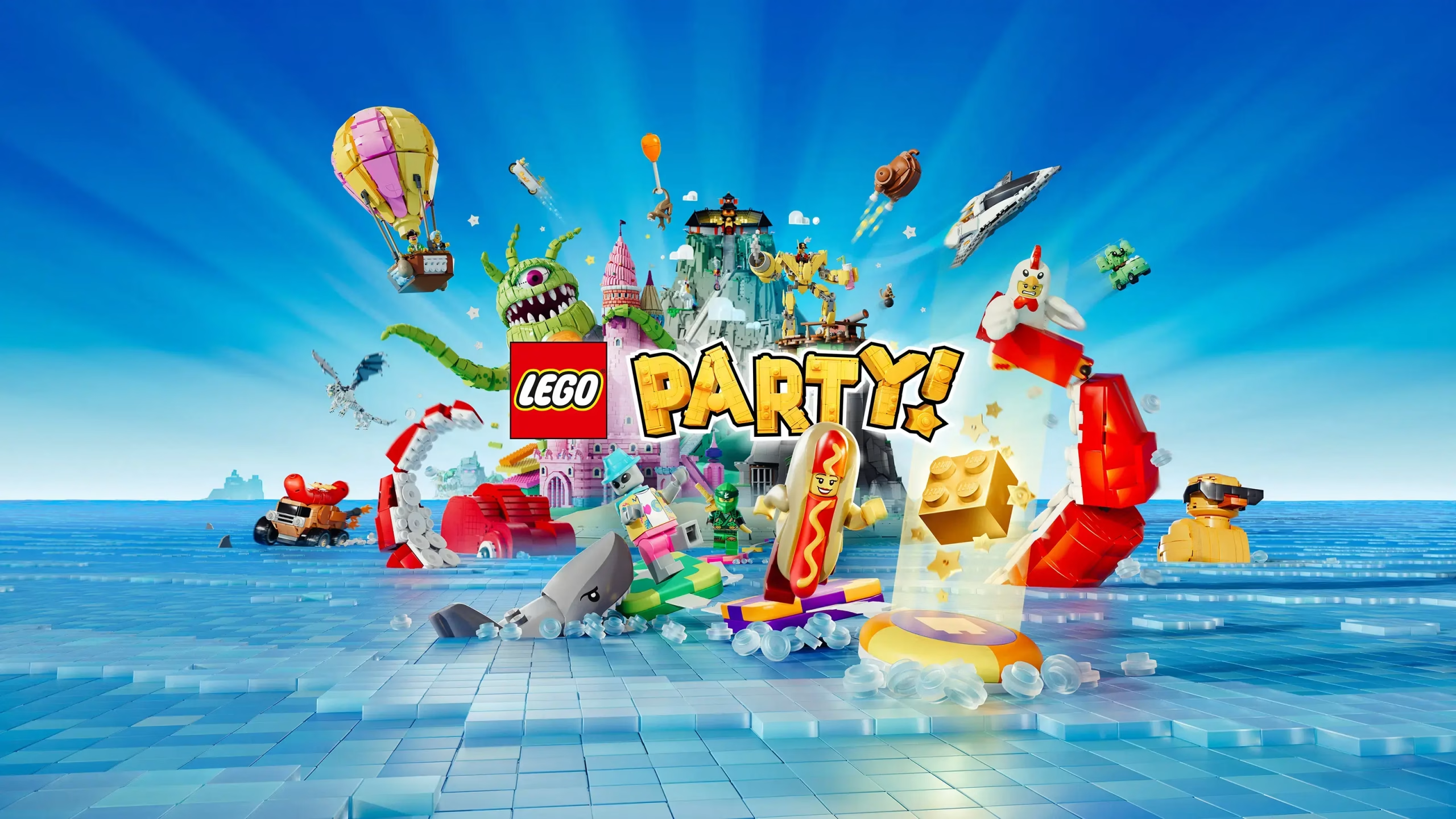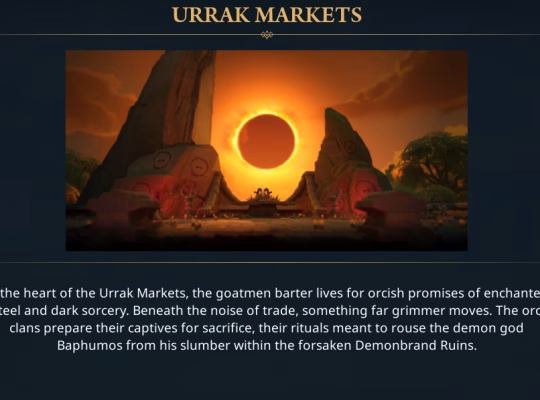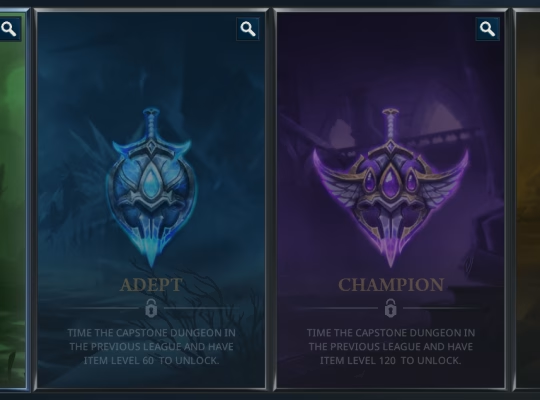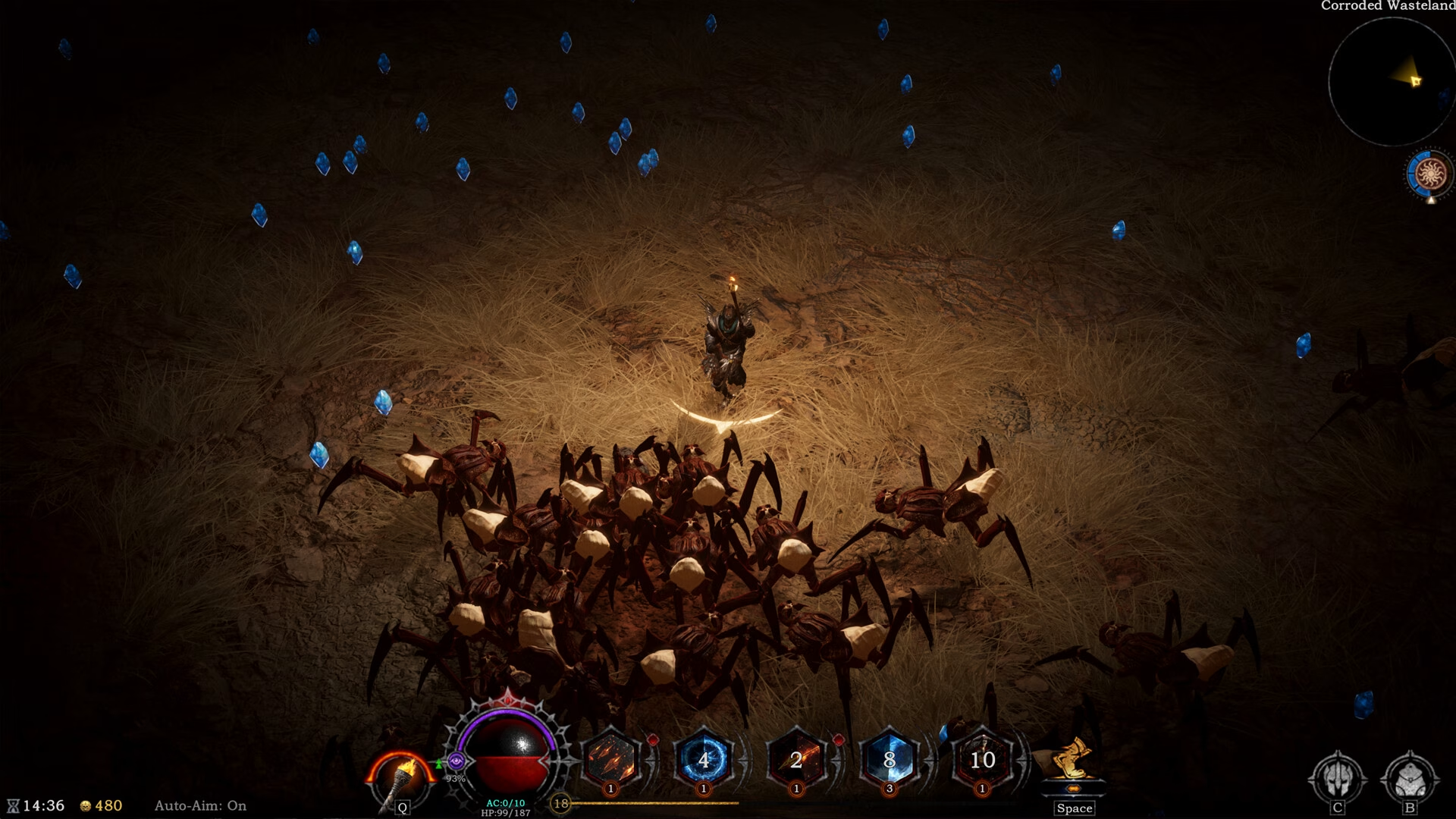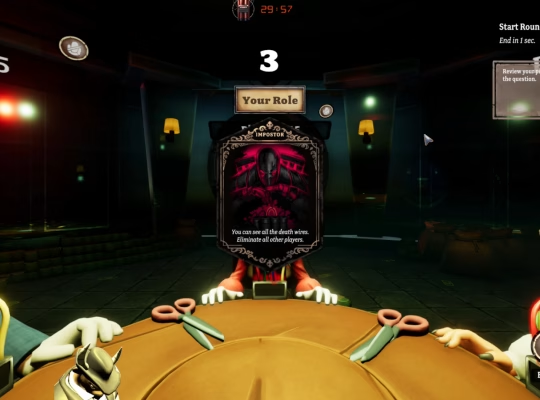As a long-time gamer and a massive fan of both the LEGO and Marvel universes, I’ve seen countless digital interpretations of our favorite brick-built heroes and worlds. But something feels different about the upcoming game from developer SMG Studio and publisher Fictions, a title that’s been on my radar since its reveal. I’m talking about LEGO Party!, a game that promises to shake up the party game genre with a level of brick-built chaos we haven’t seen before. Forget everything you know about digital LEGO adventures. This is a game that’s looking to go head-to-head with the undisputed king of the genre, Nintendo’s Mario Party, and honestly, I think it has a shot.
I’ve been following the game closely, from the initial teasers to the hands-on previews at this year’s Summer Game Fest. My anticipation is building up like a master LEGO creator working on a new set. On September 30, we’ll finally get to see if this new contender can deliver on its promise. Let me break down exactly what we can expect from LEGO Party! and why it might just be the next must-play title for your next game night.
The Foundation of Fun: A Familiar Formula with a Fresh Coat of Bricks
The core of LEGO Party! is instantly recognizable to anyone who has ever played a party game. It’s a digital board game where up to four players, either human or CPU-controlled, compete in a series of rounds to collect the most “Golden Bricks.” These are the game’s equivalent of stars, and the main objective is simple: be the player with the most by the end of the match.
But what I’ve seen and what previews have confirmed is that SMG Studio isn’t just copying a formula. They’re building on it. The game aims to fix some of the most common gripes gamers have with the genre. For example, there are no late-game catch-up mechanics, like the dreaded bonus stars, that can completely invalidate a player’s hard work in the early rounds. I’ve always found those a little frustrating, so this is a huge plus in my book. The game also introduces a variable turn order. The winner of the most recent minigame gets to go first on the board, which adds a layer of competitive strategy. You’re not just trying to win for the studs, you’re trying to win to get a strategic advantage on the board.
The gameplay loop is simple yet engaging. Move across a themed board, land on spaces that trigger events or traps, and compete in a wide variety of minigames. The in-game currency, studs, can be used to purchase power-ups and sabotage your opponents, leading to some truly hilarious and often devious moments. The developers have even added a neat little feature where shop spaces on the final turn are transformed into event spaces. This is a brilliant quality-of-life change that shows the developers have been listening to player feedback from other party games for a long time.
Lego Party! Minigames
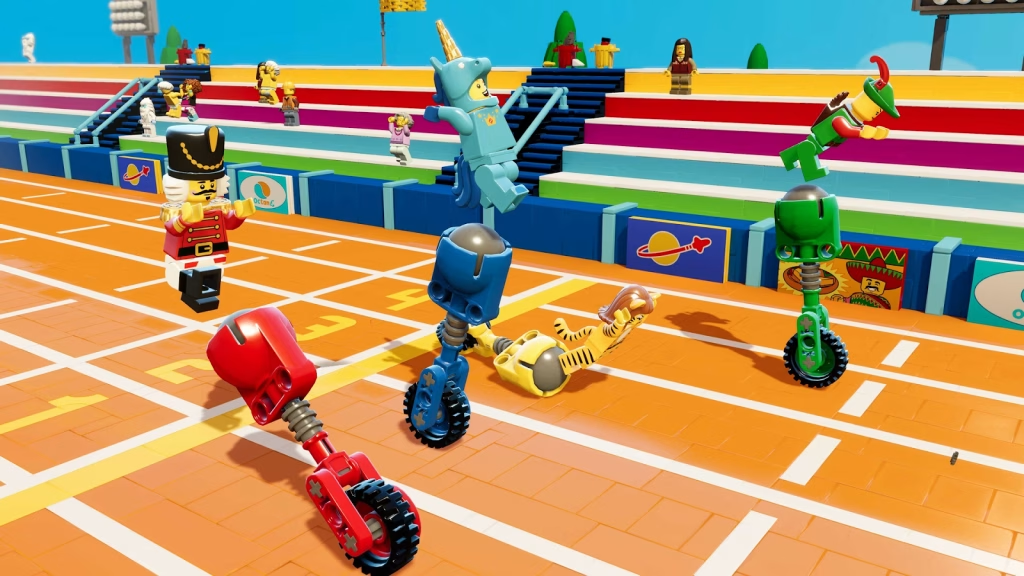
When I first heard that LEGO Party! was coming, my biggest question was about content. How many minigames would there be, and would they have enough variety to keep things interesting? The answer is a resounding “yes.” The game promises to launch with over 60 different minigames, spanning a multitude of genres and gameplay styles. I’m talking about everything from frantic, button-mashing challenges to more strategic, puzzle-solving experiences.
Based on what I’ve seen in trailers and hands-on impressions from other writers, the minigames are not only varied, they also feel fresh and creative. We’ve seen glimpses of:
- A chaotic, physics-based race where you’re piloting a vehicle.
- A frantic dash across platforms that are disappearing behind you.
- A cooperative minigame where two players must work together to control a single vehicle, each controlling a different part of its movement.
The fact that you can team up with a rival you were just trying to outwit on the board is a perfect recipe for laughter and friendly arguments. The developers have also confirmed that there will be a practice mode before each minigame, which is a fantastic idea, making the game more accessible to players of all skill levels. It’s a small touch that makes a huge difference, especially if you’re trying to play with family or friends who might not be as seasoned in gaming as you are.
Building Your World, Your Way
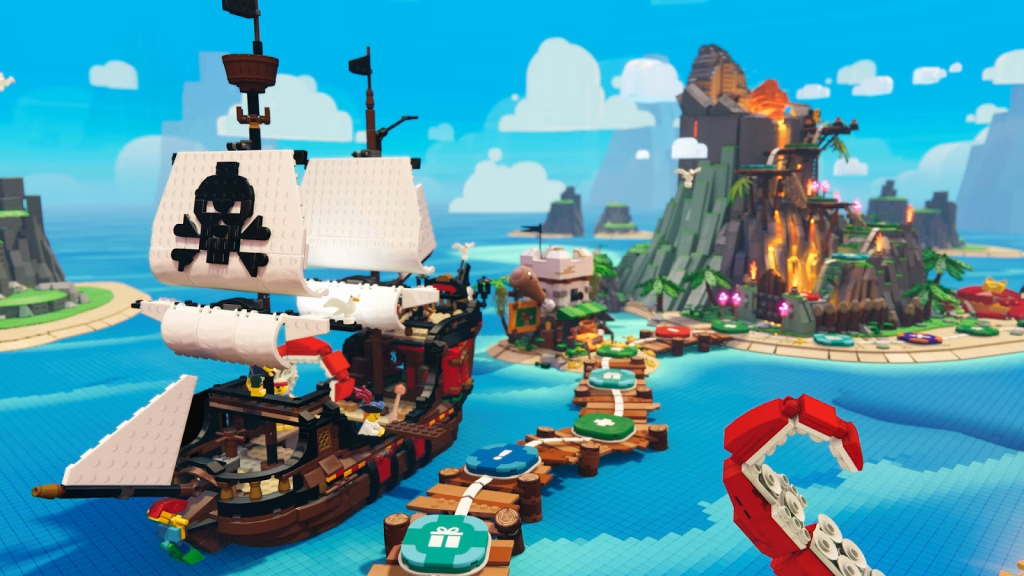
One of the most exciting aspects of LEGO Party! is its commitment to the classic LEGO aesthetic and humor. The game is built around four distinct “Challenge Zones,” each representing a beloved LEGO theme. These zones are not just backdrops, they’re living, breathing environments with their own unique mechanics and hazards. I’m particularly hyped for the following:
| Challenge Zone | Thematic Inspiration | Key Features and Hazards |
| Pirates | Classic LEGO Pirate sets, swashbuckling adventures | Navigating treacherous waters, avoiding a giant Kraken, treasure hunting |
| Space | Retro LEGO Space themes from the 80s and 90s | Zero-gravity navigation, alien encounters, high-tech challenges |
| NINJAGO | The popular LEGO NINJAGO series | Ninja-themed obstacle courses, martial arts competitions, mystical traps |
| Theme Park | LEGO City Amusement Park and other carnival sets | Carnival-style games, roller coaster races, amusement park challenges |
I love that the developers are pulling from decades of LEGO history. It’s not just a generic LEGO game, it’s a celebration of the themes that have defined the LEGO brand for generations. The attention to detail is remarkable, from the way the minifigures move with that classic mechanical shuffle, to the authentic textures of the bricks themselves. It feels like you’re playing inside a real LEGO set.
Cross-Platform Connectivity and Customization
In today’s gaming landscape, cross-play is a huge deal, and I’m thrilled to confirm that LEGO Party! will have full cross-platform multiplayer. This means that a group of friends can get together online and play, whether they’re on PC, PlayStation, Xbox, or Nintendo Switch. It’s an inclusive approach that ensures no one is left out of the fun. The focus is on playing with friends rather than random matchmaking, which is perfect for a party game of this nature. It’s all about getting the squad together for a night of digital mayhem.
And speaking of a squad, you’ll be able to create your own unique minifigure to represent you in the game. The game boasts over a billion possible minifigure combinations, pulling from iconic LEGO sets across different themes. I can already picture the ridiculous creations people are going to come up with, and I can’t wait to see them. Whether you want to be a classic space explorer with a wizard hat, or a pirate with a chicken costume, the possibilities are virtually endless. This level of customization adds a personal touch to the whole experience and makes the competition feel even more personal.
My Final Thoughts

I’ve been a fan of party games for as long as I can remember, and LEGO Party! looks to be a worthy addition to the genre. It takes a proven formula and refines it with smart, player-focused changes. The sheer volume of content, from the 60+ minigames to the four diverse Challenge Zones, promises to keep things fresh for a long time. The commitment to cross-play and deep character customization shows that the developers understand what modern gamers want.If you’re a fan of party games, a LEGO enthusiast, or just looking for a new title to liven up your game nights, I believe LEGO Party! is a game you should be keeping a very close eye on. It launches on September 30, and I for one will be grabbing a copy day one. Let me know in the comments what you’re most excited about, and which classic LEGO theme you’d like to see added in the future! For more expert analysis on upcoming releases and detailed breakdowns of the biggest hits in gaming, be sure to check back with us here at Rivalsector.com’s Gaming Insight category.


